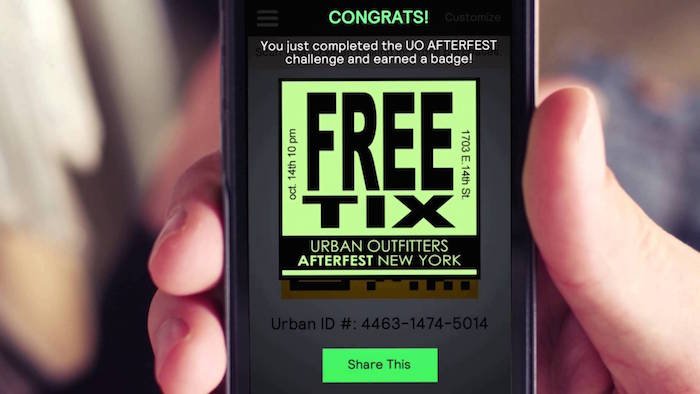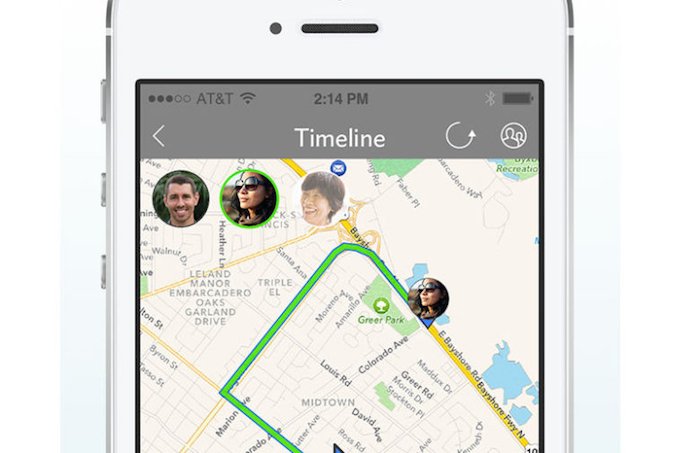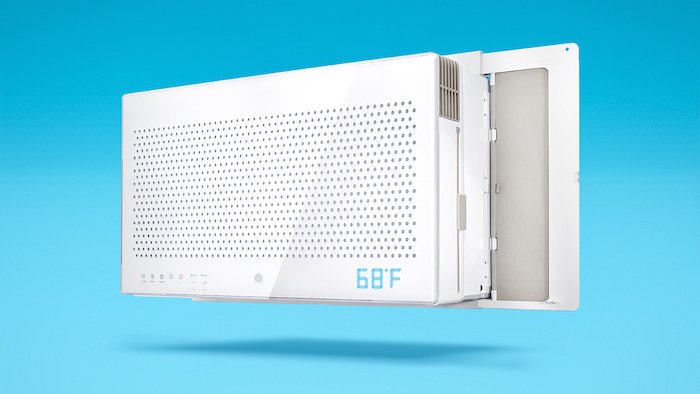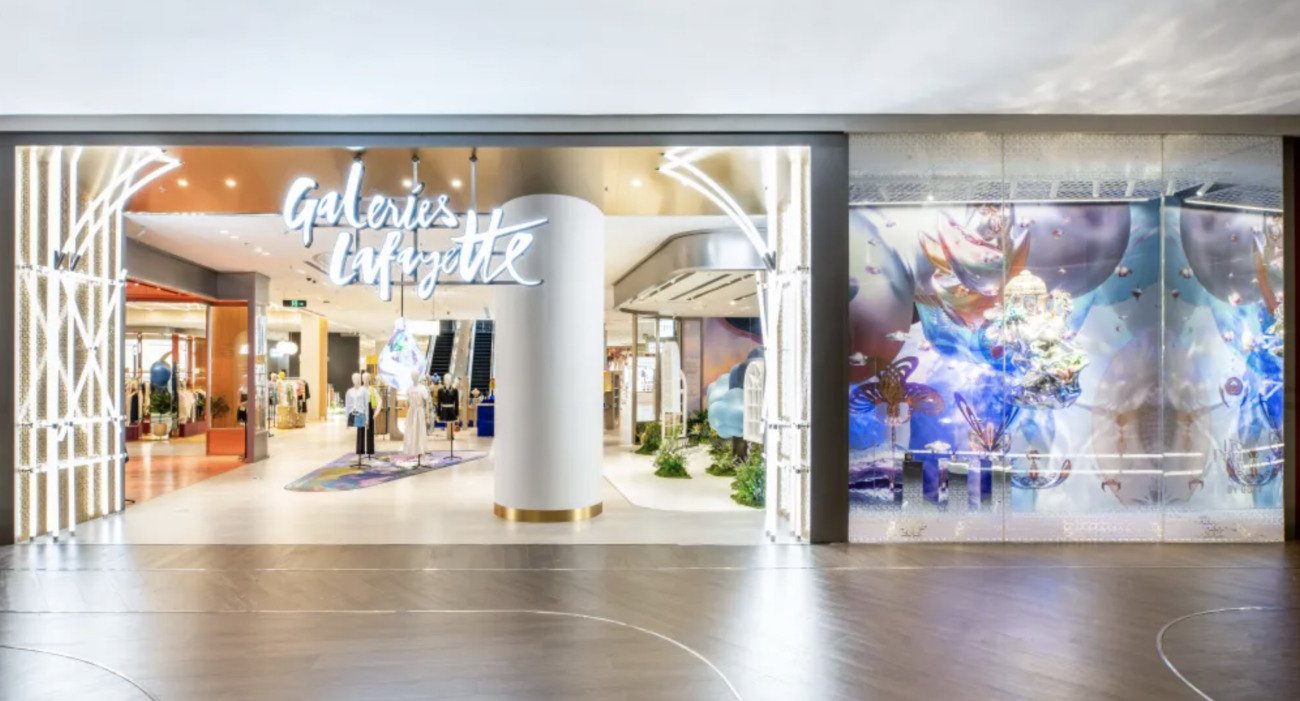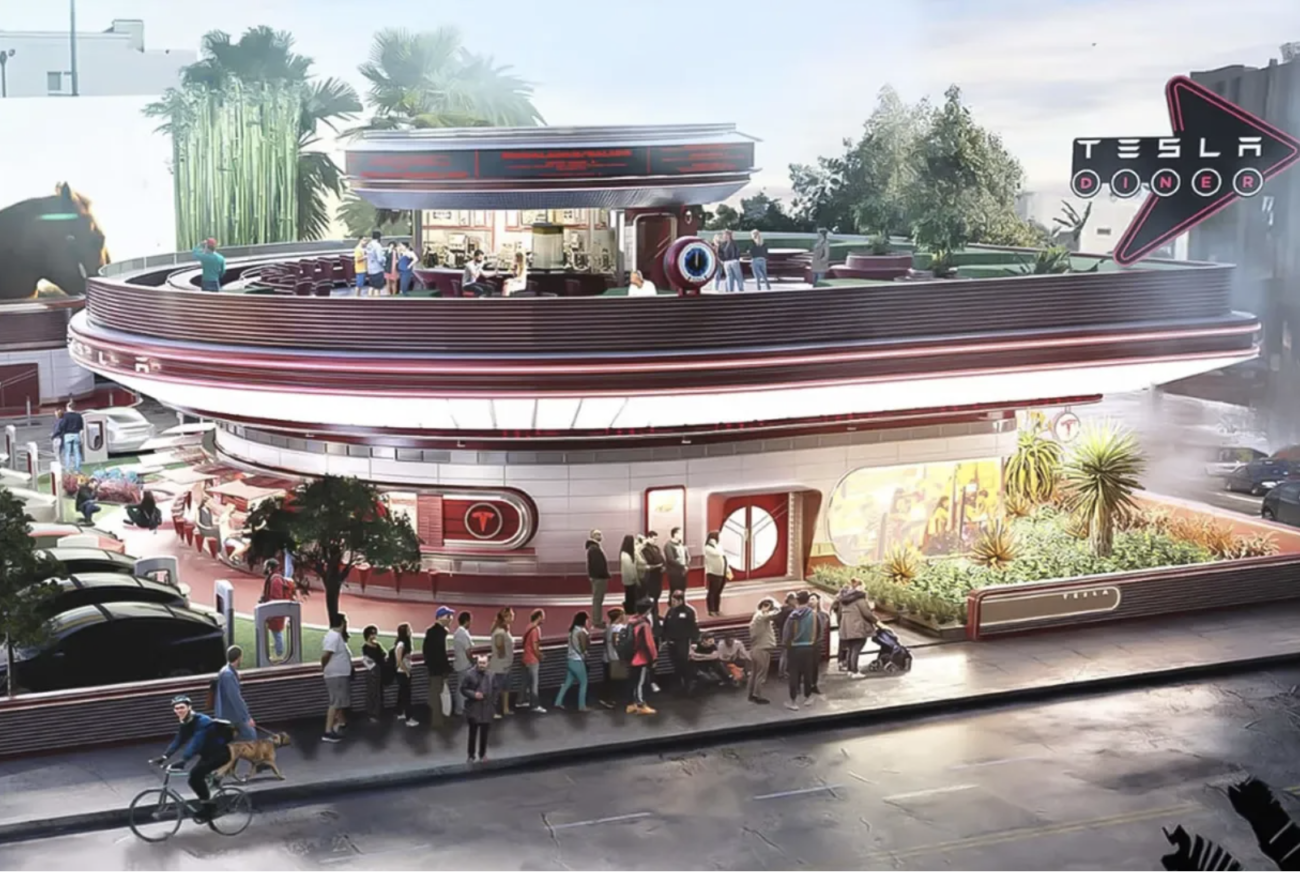Mobile As The Active Shopping Agent
Shoppers can now lean on their mobile device as an in-the-know buying companion. By delivering relevant information and communications, a new breed of services are helping transform the mobile phone from a passive device into

Shoppers can now lean on their mobile device as an in-the-know buying companion. By delivering relevant information and communications, a new breed of services are helping transform the mobile phone from a passive device into an active agent that helps shoppers along the purchase path. On top of that, mobile sensor technologies like geo-location and in-store beacons offer a new delivery mechanism to provide consumers a more personalized and immersive experience each time they enter the store.
Take CMO Council’s findings, which indicate that when customers don’t receive customized, relevant content and offers, 54 percent of them are willing to end their relationship with a retailer. Noticeable findings, especially when paired with IBM research that indicates that, as of 2014, 36 percent of global consumers are willing to share their current location with retailers via GPS.
With its finger forever on the trend pulse, clothing retailer Urban Outfitters has been increasing engagement by notifying loyal customers at opportune shopping moments. Its native app, Urban On, prompts shoppers to log in through social media when entering any Urban Outfitters, at which point, walk-ins are served with relevant store messaging.
UO’s contextually rich experience doesn’t end there. When customers are in the changing room, the app nudges them to take selfies while wearing store products, in essence, unfurling what once was a personal moment into a sociable one. Once in line to pay, users can shake their smartphone to uncover their loyalty card and/or earn a digital badge. For those still unconvinced, Urban On also lets the musically inclined listen to UO Radio while rack rifting, find nearby UO stores, and send personalized E-Gift Cards to their network.
In another example of this trend, PlaceUs is a tracking app that understands that users tend to repeatedly visit the same locations, usually at the interest of their inner circle of friends. The app is tailored for on-the-go families, couples and friends to inform them where their web of trust congregates and is congregating. In the company’s own words, “It’s about enjoying deeper connections, having peace of mind and simplifying everyday communication.”
On the spec side, PlaceUs uses artificial intelligence and ambient-sensing technology to determine the patterns and motions of its users. As the app learns a user’s routines, it can do things like automatically send a message to their spouse when headed home from work or when stuck in traffic. In stores, it can recognize recurring purchases such as a coffee order at a cafe and automatically place that order on an ensuing visit.
In another example, Quirky has developed weather-contextual ads for an app-controlled AC unit. The innovative advertisements come included in weather alerts supplied by weather service Poncho. The ads are delivered whenever temps forecast above 75 degrees. The weather-relevant advertisements time product suggestions at the moment when consumers are most able (and willing) to contemplate the management of their home climates, while attached to the very device that will facilitate the buying process.
Contextually-driven actions are elevating the place of the phone to the very foundation brands must built their approach on. By delivering timely, accurate recommendations where and when we need them, having a mobile device on hand may ensure we don’t quite miss our shopping mate so much after all.
Via PSFK
 English
English



